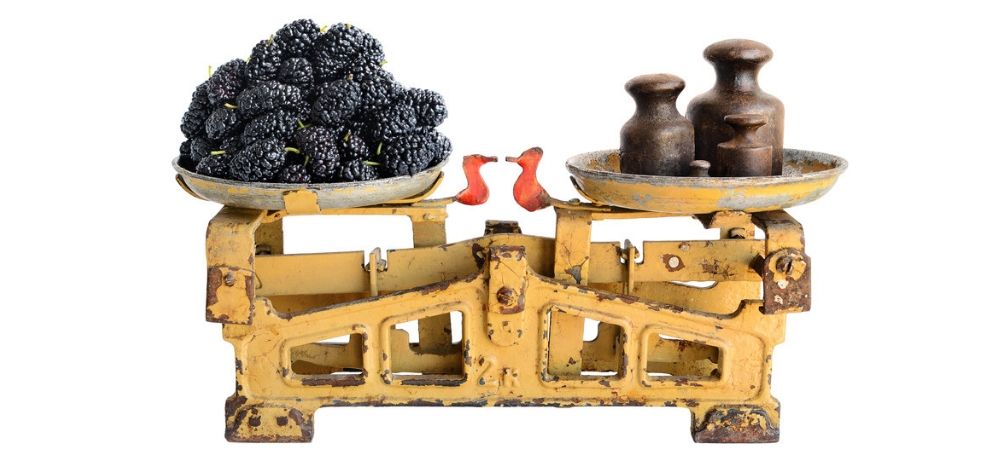Kilogram’s Definition Has Changed Forever After 130 Years: This Is What You Need To Know!

May 20, World Metrology Day this year sees a big change in the way the kilogram unit is defined. The ‘kilogram’ as we know it, defined 130 years from today has finally been retired, along with kelvin, mole and ampere, to maintain a universal unanimity and worldwide coherence.
The Problem With Kilo not Being Kilo
A resolution to redefine four of the seven base units was passed by representatives of 60 countries at the General Conference on Weights and Measures (CGPM) of the International Bureau of Weights and Measures (BIPM), Paris on November 16 last year.
The thing is, SI units, which came into practice since 1889, must be precise, constant and preferably based on the laws of universe because they are stable, unfaltering in future and universally accepted. Out of the seven SI units, the above mentioned four units aren’t based on such a concept but an object.
Speaking of kilogram, it is measured by a weight made up of 90 percent platinum and 10 percent iridium, in 1889, called the International Prototype of Iridium. It is kept in 2 vaults under bell jars. There are copies of IPKs that are used as references in some countries. The problem arose when these copies started losing mass, possibly due to dying out of atoms.
Such a scenario isn’t ideal for a scientific person as the results obtained can be varying magnanimously. Thus, metrologists, the science of measurements, have wanted a new standard for such measurements and this time, more in lines with laws of physics.
The Change Apprehended
The new definition is based on Planck’s constant, rather than the precise weight of a piece of metal. Also, even though shut tightly under 3 glass bell jars, the IPK picks up micro particles of dirt and is affected by the atmosphere, obviously affecting its mass.
A kilogram will now be defined by the ‘Planck constant‘, the speed of light and the resonant frequency of the caesium atom. It involves an exquisitely accurate weighing machine called the Kibble balance, which uses the constant to measure mass of an object using an electromagnetic force.
As we know that base unit standards depend upon other base standards, the candela, the ampere and the mole will be redefined to greater accuracy based on kilogram. Some scientists mentioned that while the new system may look complex, it can actually be easily understood by anyone.
This shift in SI units will truly be the end of an era. You won’t notice anything because the transition has been made to be seamless. Recommendations on the proposed changes are sent to NCERT to implement them in contemporary education, along with AICTE, IITs, NITs and other academic institutes to be incorporated in the syllabi of metrology courses in graduate engineering and academic courses.

Comments are closed, but trackbacks and pingbacks are open.